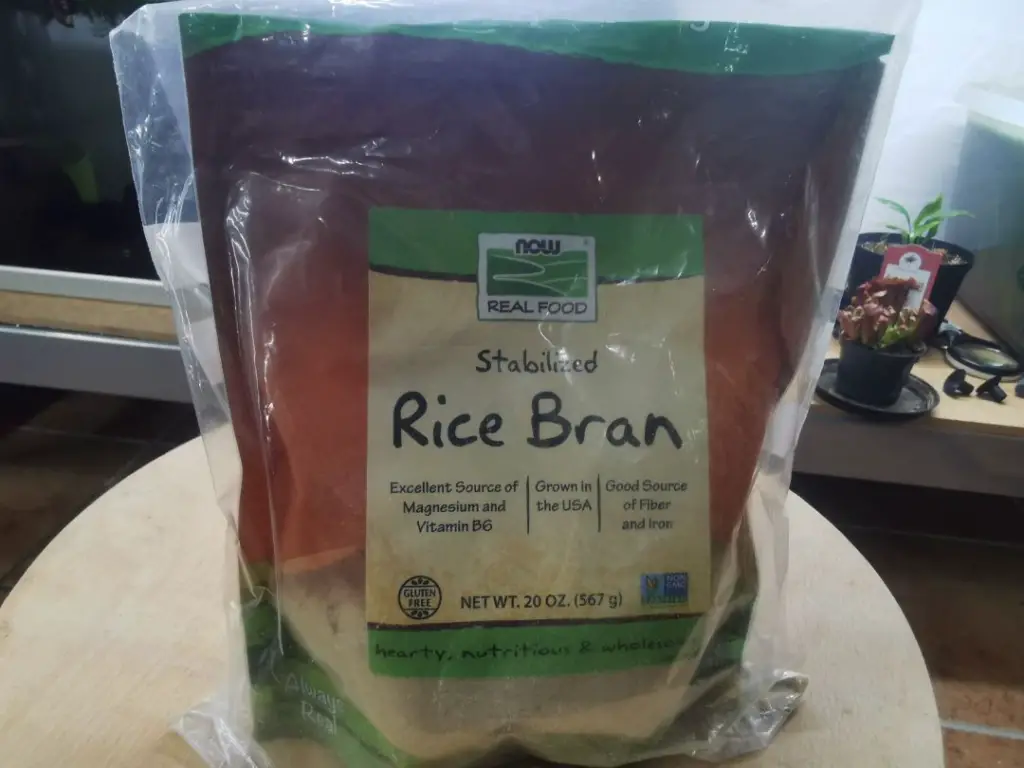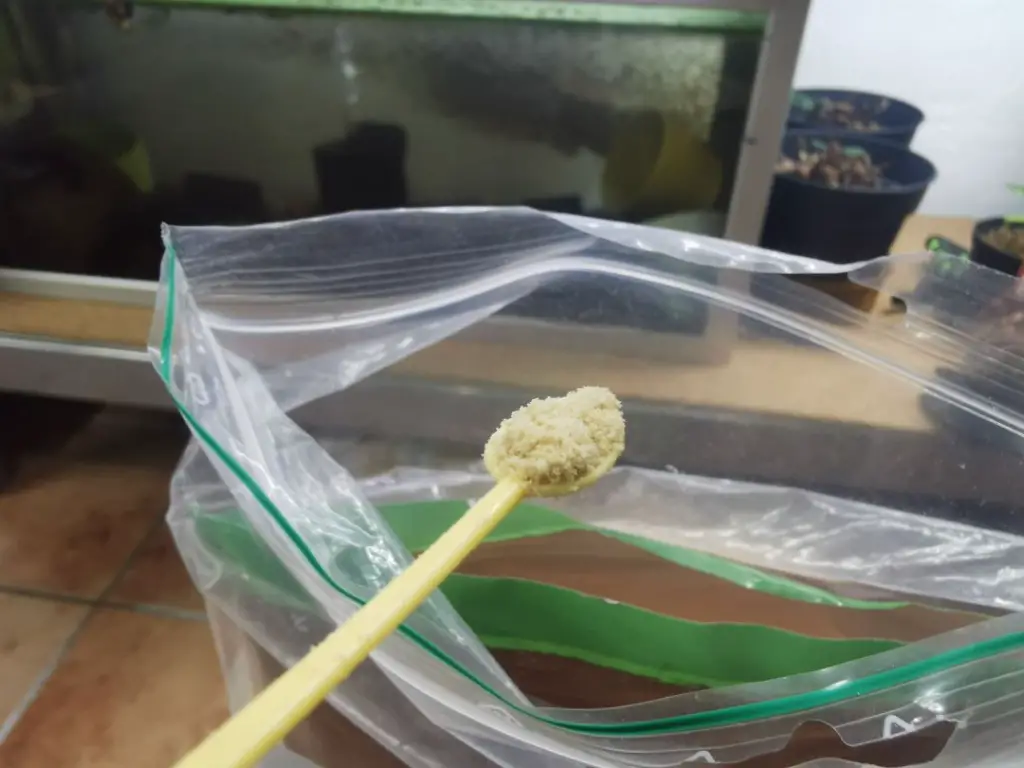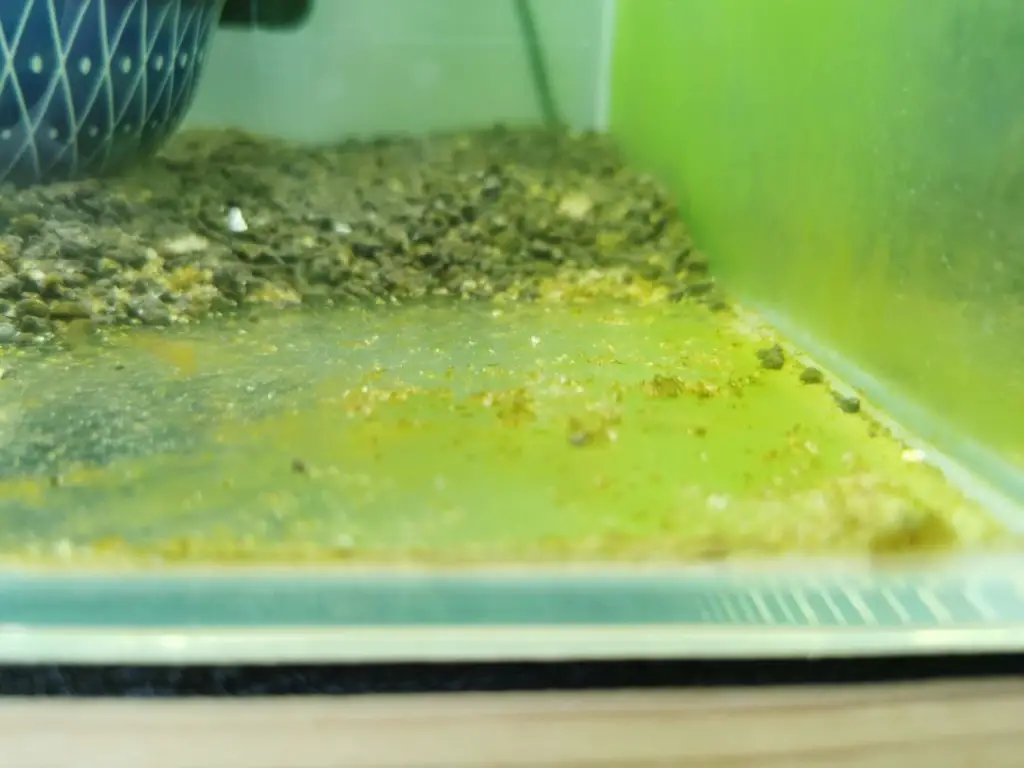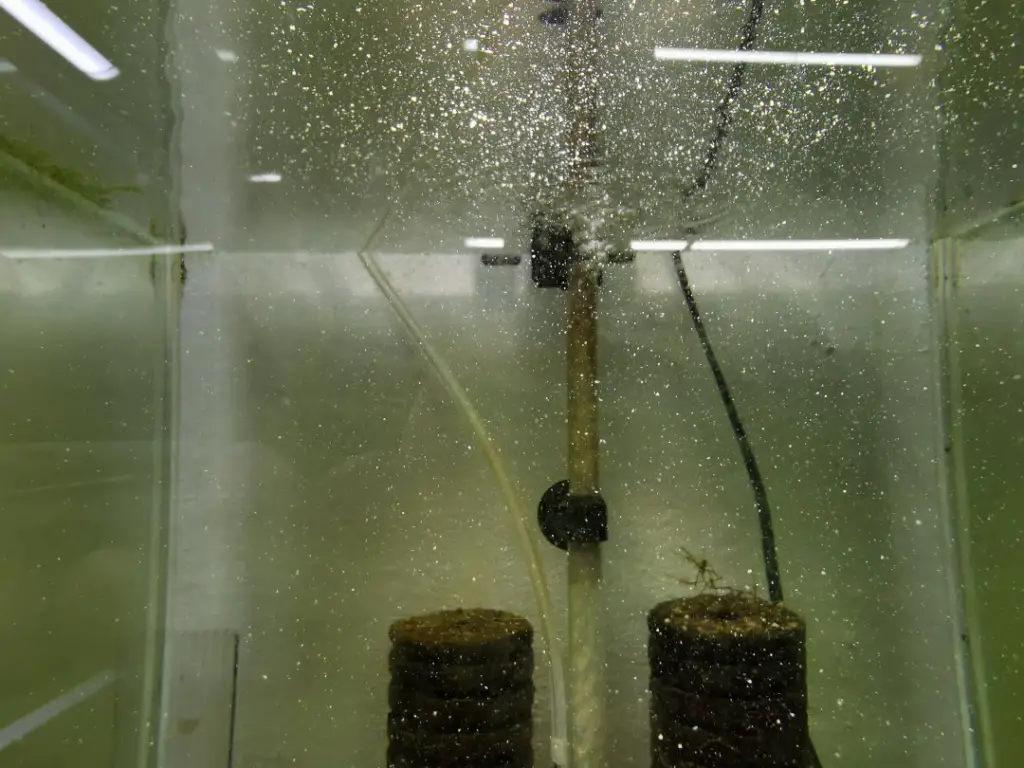Have you ever pondered the elusive equation to a flourishing underwater community within your shrimp tank? Imagine meticulously adjusting the water parameters, only to discover that the thriving ecosystem you envisioned is but a mere shadow of your expectations. (I’ve had many failed tanks)
Despite the paradisiacal setup, the anticipated explosion of life, particularly the juvenile shrimp, remains just out of reach. What ingredient could possibly be missing from this aquatic utopia?
The secret ingredient to a lush and vibrant shrimp habitat is none other than algae. Contrary to popular belief, algae are not the villains of the aquarium; they are, in fact, the unsung heroes, integral to the diet and survival of shrimp.
In my years of shrimp keeping, I’ve encountered numerous puzzles, but none as challenging as bolstering the baby shrimp population. After countless strategies fell short, I uncovered algae’s pivotal role. Initially skeptical—algae are often deemed a nuisance—I found they compose a substantial portion of the shrimp diet..
An experiment to reduce filtration speed yielded a surprising surge in baby shrimp, and over time, I witnessed a stable increase across all my tanks. We will delve into the science behind algae’s significance, its benefits to tank health, and methods to promote its growth, offering a beacon of hope for those seeking to enhance their shrimp population .
.

How Does Light Affect Algae Growth in Shrimp Tanks?
Light plays a pivotal role in algae cultivation in shrimp tanks, acting as the primary energy source for photosynthesis, the process by which algae convert light into chemical energy. Algae’s growth rate and health are directly proportional to the intensity and duration of light they receive.

Keeping the lights on for extended periods can benefit a new shrimp tank, where the goal is to encourage algae proliferation. Algae use this abundant light to multiply, creating a lush environment. However, it’s a delicate balance; too much light can promote the growth of unwanted algae species or cause overheating, which may harm both the algae and the shrimp.
Aquarists can manage algae types and quantities by controlling light exposure, fostering a tank that supports a healthy shrimp population while keeping nuisance algae at bay.

What Role Does Algae Play in a Shrimp Tank Ecosystem?
Algae are the cornerstone of a shrimp tank ecosystem, providing an essential source of nutrition and contributing to the tank’s biological equilibrium. They serve as a primary food source, offering a rich and varied diet necessary for the health and growth of shrimp.
Furthermore, algae act as natural bio-filters, absorbing nitrates and phosphates, thereby purifying the water and reducing the need for frequent water changes. They also create microhabitats within the tank, offering shelter and breeding grounds for shrimp, particularly for the vulnerable juveniles.
Healthy algae often indicates a balanced ecosystem where shrimp can thrive and reproduce effectively.

How Can Rice Bran Be Used to Promote Algae in Shrimp Tanks?
Rice bran, the nutrient-rich outer layer removed during rice grains’ milling process, can be an excellent medium to promote algae growth in shrimp tanks. When introduced to the tank, rice bran disperses widely, settling on various surfaces, including the substrate and tank walls.

This dispersion allows it to act as a substrate for mycelium, which in turn can be a nutritious food source for both algae and shrimp. The decomposition of rice bran in water also facilitates the proliferation of beneficial microorganisms like lactobacillus bacteria.

These bacteria not only help break down the rice bran, making it a more accessible food source for algae but also play a crucial role in maintaining water quality by outcompeting pathogenic bacteria.
Thus, rice bran serves as a dual agent: it directly feeds the algae and indirectly supports a healthy tank environment conducive to algae growth.
What Benefits Do Lactobacillus Bacteria Offer to Shrimp Tanks?
Lactobacillus bacteria, a beneficial probiotic, offer many advantages for shrimp tanks. These bacteria are instrumental in the breakdown of organic waste, converting it into safer by-products, which helps prevent the accumulation of harmful substances and maintain water clarity.
They also aid in the digestion process of shrimp, enabling better nutrient absorption and overall health. Lactobacillus creates an antagonistic environment for pathogenic microbes, reducing the likelihood of disease outbreaks.
Their presence ensures a balanced bacterial flora in the tank, which is essential for a stable and healthy shrimp ecosystem.

Conclusion: Cultivating Algae for a Thriving Shrimp Habitat
Understanding and harnessing the power of light, nutrition, and beneficial bacteria like lactobacillus is crucial for fostering algae growth in shrimp tanks and supporting a robust shrimp ecosystem.

By meticulously managing these elements, shrimp enthusiasts can create a self-sustaining aquatic environment where shrimp survive and thrive. If you’re seeking further guidance or have questions, don’t hesitate to reach out.
Should you not find me here, join the conversation at Aquarium Shrimp Keeping on Facebook.
Happy Shrimp Keeping!
FAQ: Enhancing Algae Growth in Shrimp Tanks
Q: What type of lighting is best for promoting algae growth in shrimp tanks?
A: The best lighting for algae growth in shrimp tanks mimics natural sunlight in both spectrum and cycle. Full-spectrum LED lights that can be programmed to simulate a natural day and night cycle are ideal. This ensures algae receive the right type of light for photosynthesis without overexposing the tank to excessive light, which could lead to unwanted algae species.
lights that can be programmed to simulate a natural day and night cycle are ideal. This ensures algae receive the right type of light for photosynthesis without overexposing the tank to excessive light, which could lead to unwanted algae species.
Q: How often should I feed rice bran to promote algae?
A: Rice bran should be added to the tank in moderation, depending on the tank’s size and the number of shrimp. A small amount once or twice a week can be sufficient to promote algae growth while maintaining water quality.
Q: Can too much algae be harmful to a shrimp tank?
A: While algae are beneficial, an overabundance can lead to oxygen depletion, particularly at night when photosynthesis stops, and algae consume oxygen. It’s important to monitor algae growth and maintain a balance that supports shrimp health without overwhelming the tank.
Q: How do lactobacillus bacteria support algae growth?
A: Lactobacillus bacteria support algae growth indirectly by maintaining water quality. They break down organic waste, which not only prevents harmful ammonia spikes but also releases nutrients that algae can utilize, creating a cleaner and more nutrient-rich environment for algae to thrive.
